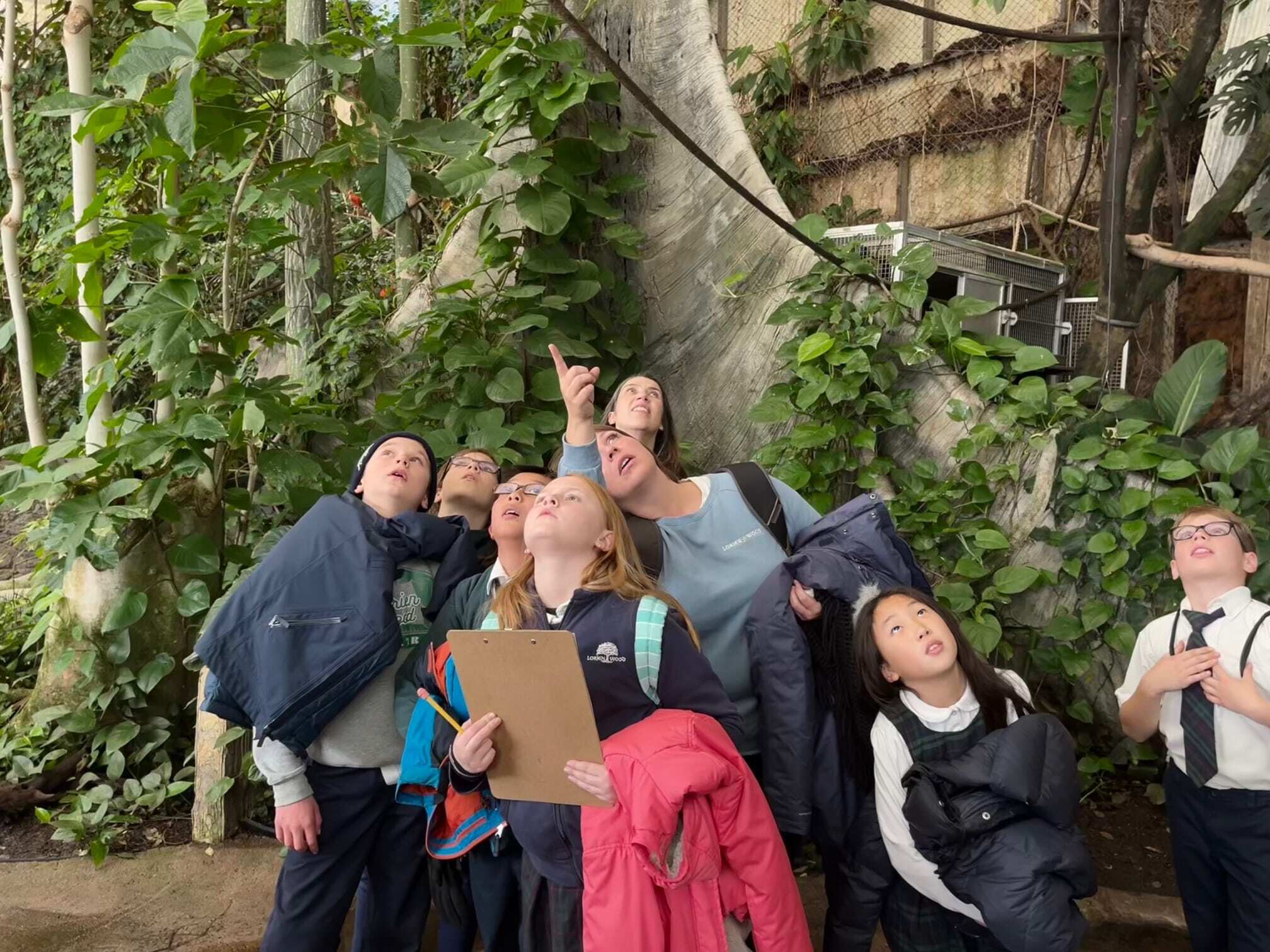
1 min read
A Noble Beginning: Lorien Wood’s First Graduating Class
This spring, Lorien Wood reaches a historic milestone: the graduation of our very first high school class. While small in number, this class represents something immense—the fruit of a vision sown years ago, now coming to bloom.
Read More






